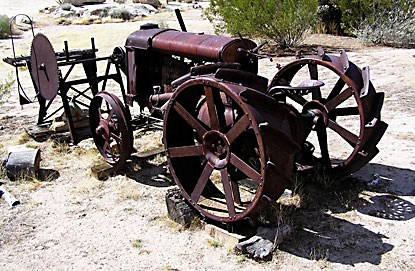|
The Homestead Act of 1862, signed by President Abraham Lincoln, allowed for anyone above the age of 21 years old to claim up to 160 acres. This meant that potential land ownership was available even to marginalized groups including single women, freed slaves, and immigrants. The act was open to thirty states, including California, between 1863 and 1976. (Alaska was granted a ten-year extension.) In order for a homesteader to receive a land patent, the individual would have to establish a sustained development for five years. Veterans only had to “prove-up” for three years. When the establishment period was over, the homesteader had to have two friends or neighbors vouch in a local newspaper. Afterwards, the patent for the land was granted to the homesteader. In total, 270 million acres, or 10% of all land in the United States, were settled under the Homestead Act. However, for Native Americans, homesteading added a complicating layer to an already tense situation. Learn more about Native Americans and the Homestead Act. 
David Glasglow Homesteading brought people to the area in and around what is now Joshua Tree National Park. Several wet years beginning in 1912 provided for crops good enough to attract people to the area. However, the rains didn’t last. Several more years passed with little or no rainfall and the crops failed. Homesteaders drilled water wells, but most were unsuccessful. In many cases, water had to be hauled several miles even for household purposes. Conflicts between homesteaders and ranchers over water rights became common. Life in the desert presented many challenges. Summers were extreme for those used to more temperate climates. The work was hard and neighbors far away. Few homesteaders met the challenge. Many farms and small homesteads were abandoned, leaving behind the tiny cabins which still can be seen in some places today. One family that not only survived but thrived in the desert was the Keys family. For more information about them, take a guided tour of their ranch. |
Last updated: February 15, 2023
